What is honey
Honey is the natural sweet substance produced by bees from the nectar of plants or secretions of living parts of plants or excretions of insects. bees carry it in their hive, enrich it with their own substances and then store it in the combs to mature.
Honey is the only food that remains intact (natural preservative) and at the same time it is deemed to have pharmaceutical properties for the human body.
There are many different types of honey and we categorize them mainly to: flower honeys and honeydew honeys and mixtures.
The flower honey is produced from the nectar of flowers while the honeydew from secretions of living parts of plants or excretions of insects that dry up plants, such as pine and spruce.
Honey contains
-Glucose
-Fructose
-Organic acids
-Proteins
-Enzymes and amino acids
-Minerals
-Vitamins
-Polyphenols, carotenoids, bioflavonoids
Honey in ancient times
The father of medicine, Hippocrates (462-352 BC) recommended honey to all people, but especially to patients.
Democritus when asked how to maintain long-lived and immune people responded: "If the hand of the body exothenelaio not endothen Meliteas chrisointo."
Pythagoras and his followers had honey as their main food.
Aristotle believed that honey prolongs life.
In Egyptian papyri honey was mentioned as a therapeutic.
Honey products
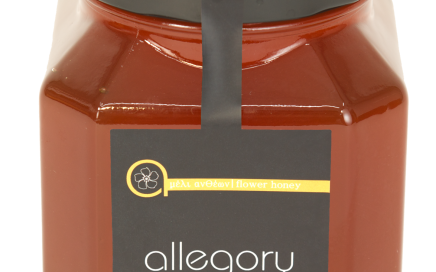
Flower honey
Available in jars of 480 g and 950 g Production areas: Volvi, Olympus. Taste: It is The most “sweet” flavored honey, compared to all Greek honeys with a soft light taste. Aroma: Honey rich in aromas. Color: Light bright. Crystallization: The flower honey crystallizes from 3 to 12 months. Nutritional value: […]
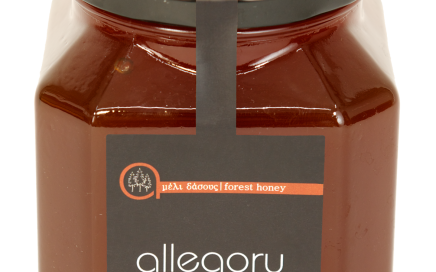
Forest Honey
Available in jars of 480 g and 950 g Production areas: Axios, Mountains of Chalkidiki. Taste: The collection of flowers and honey secretions creates a honey with rich sweetish taste. Aroma: Unique scent. Color: Dark, not so clear. Crystallization: The percentage of honeydew determines the time of crystallisation that ranges from […]

Heather honey
Available in jars of 480 g and 950 g Production areas: Mountains of Chalkidiki. Taste: The spring heather is more tastefull than the one that produced in autumn but overall is notable for its characteristic strong taste. Aroma: Characteristic, delicate aroma. Color: In autumn Reddish-dark and more light during spring. Crystallization: […]
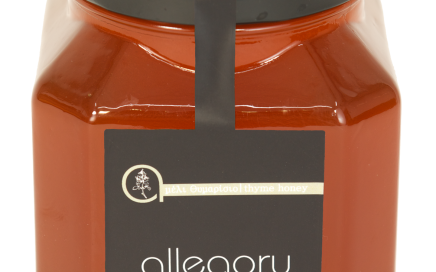
Thyme honey
Available in jars of 480 g and 950 g Production areas: Limnos. Taste: Full intense flavor it leaves a pleasant burning sensation in the mouth. Aroma: Intensely aromatic honey. Color: Light amber to dark amber. Crystallization: It crystallizes over 6 to 24 months. Nutritional value: Thyme honey is considered to have […]
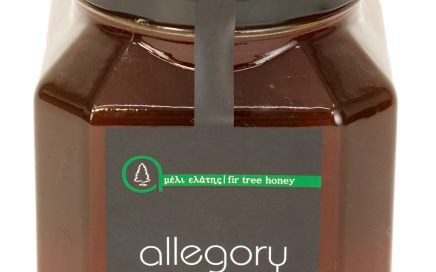
Fir tree honey
Available in jars of 480 g and 950 g Production areas: Karpenissi, Pertouli. Taste: This type of honey is known for its particularly good taste. Aroma: Not intense aroma. Color: Bright reddish amber. Crystallization: Due to the low level of glucose, does not crystallize almost never. Nutritional value: It is rich […]
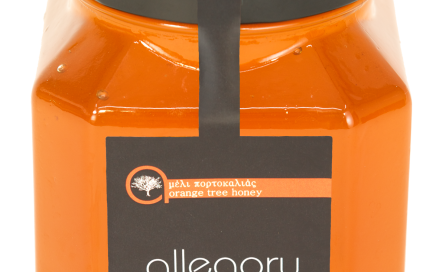
Orange tree honey
Available in jars of 480 g and 950 g Production Area: Argos. Taste: Unique taste. Aroma: Great flavor. Color: Pale yellow. Crystallization: It remains fluid only for one or two months, and crystallizes very quickly. Nutritional value: It is Rich in trace elements and amino acids, and has the highest level of zinc compared […]
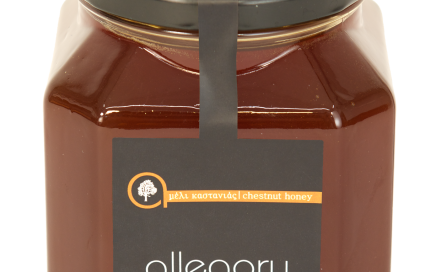
Chestnut honey
Available in jars of 480 g and 950 g Production Area: Chalkidiki mountains, Athos. Taste: Intense, with slightly bitter aftertaste. Aroma: Intensely aromatic honey. Color: Dark brown. Crystallization: It crystallized slowly after 1-2 years. Nutritional value: It has the highest level of trace elements compared to all other types of honey. It […]
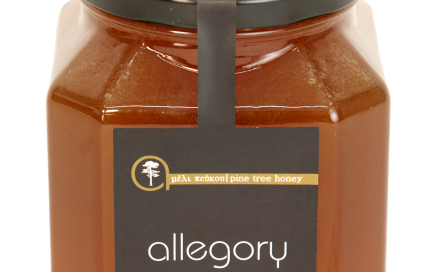
Pine tree honey
Available in jars of 480 g and 950 g Production area: Kassandra, Sithonia, Thasos. Taste: Due to the low concentration of sugars it is not too sweet. Aroma: Special iodide. Color: Dark. The one that is been produced in spring is lighter and more clear than the one produced in autumn. […]
